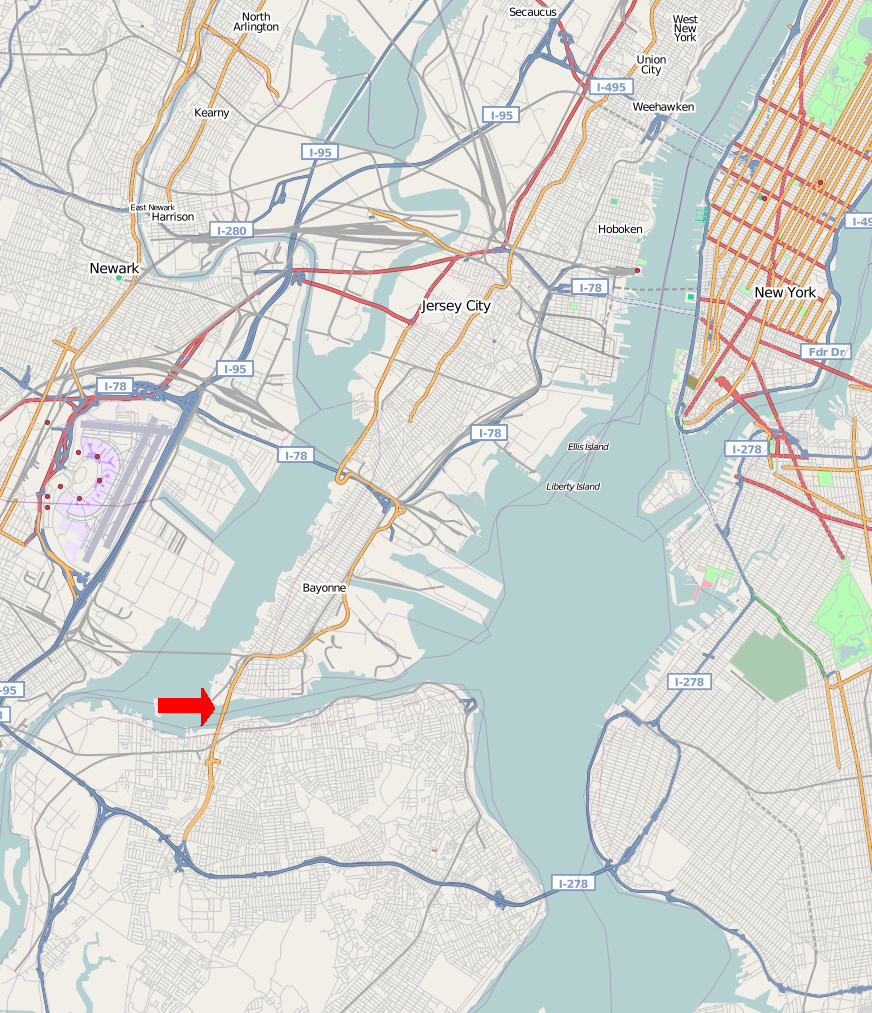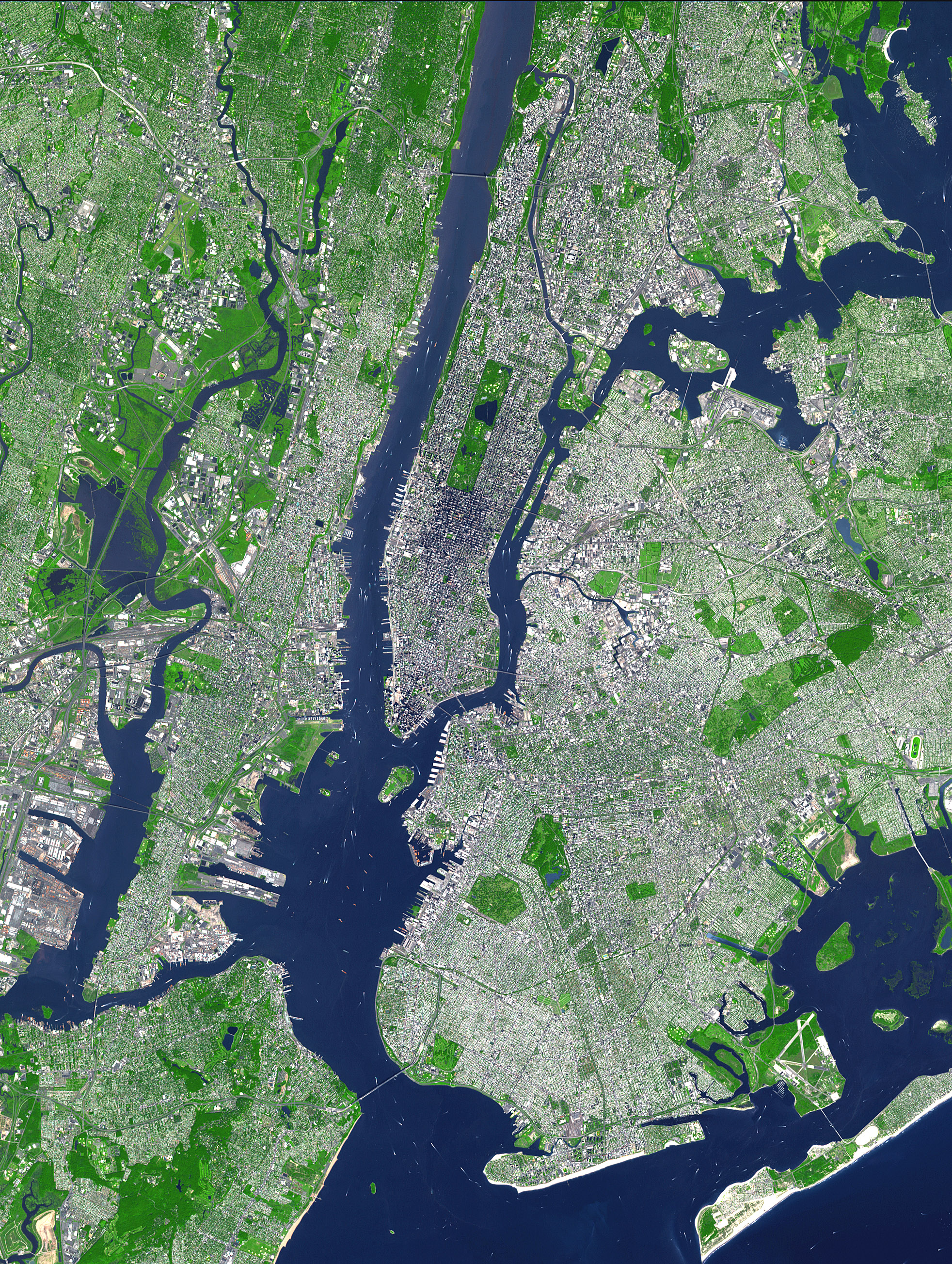|
Hackensack Meadowlands Development Commission
The New Jersey Meadowlands Commission (NJMC; formerly the Hackensack Meadowlands Development Commission) was a regional zoning, planning and regulatory agency in northern New Jersey. Its founding mandates were to protect the delicate balance of nature, provide for orderly development, and manage solid waste activities in the New Jersey Meadowlands District. The Commission operated as an independent state agency between 1969 and 2015, loosely affiliated with the New Jersey Department of Community Affairs. NJMC was merged with the New Jersey Sports and Exposition Authority through legislative action. Establishment The Meadowlands Commission was established by an Act of the New Jersey Legislature in 1969, sponsored in the New Jersey Senate by Fairleigh Dickinson Jr., Fairleigh S. Dickinson Jr. The merger with the Sports and Exposition Authority was made effective in February 2015. Geographic jurisdiction The Meadowlands District is composed of , approximately 31 mi2, of 14 muni ... [...More Info...] [...Related Items...] OR: [Wikipedia] [Google] [Baidu] |
New Jersey Meadowlands
New Jersey Meadowlands, also known as the Hackensack Meadowlands after the primary river flowing through it, is a general name for the large ecosystem of wetlands in northeastern New Jersey in the United States, a few miles to the west of New York City. In the 20th century, much of the Meadowlands area was urbanized, and it became known for being the site of large landfills and decades of environmental abuse. A variety of projects are underway to restore and conserve the remaining ecological resources in the Meadowlands. Geography The Meadowlands stretch mainly along the terminus of the Hackensack and Passaic Rivers as they flow into Newark Bay; tributaries of the Hackensack include Mill Creek, Berrys Creek, and Overpeck Creek. The Meadowlands consist of roughly 8,400 acres (34 km2) of open, undeveloped space in addition to developed areas that had been part of the natural wetlands which were heavily developed by H. Bert Mack and M. Bolero in the 1960s. [...More Info...] [...Related Items...] OR: [Wikipedia] [Google] [Baidu] |
Teterboro, New Jersey
Teterboro ( ) is a borough in Bergen County, in the U.S. state of New Jersey. As of the 2010 United States Census, the borough's population was 67,DP-1 – Profile of General Population and Housing Characteristics: 2010 for Teterboro borough, Bergen County, New Jersey , . Accessed March 3, 2013. [...More Info...] [...Related Items...] OR: [Wikipedia] [Google] [Baidu] |
CSX Transportation
CSX Transportation , known colloquially as simply CSX, is a Class I freight railroad operating in the Eastern United States and the Canadian provinces of Ontario and Quebec. The railroad operates approximately 21,000 route miles () of track. The company operates as the leading subsidiary of CSX Corporation, a Fortune 500 company headquartered in Jacksonville, Florida. CSX Corporation (the parent of CSX Transportation) was formed in 1980 from the merger of Chessie System and Seaboard Coast Line Industries, two holding companies which controlled a number of railroads operating in the Eastern United States. Initially only a holding company itself, the subsidiaries that made up CSX Corporation were gradually merged, with this process completed in 1987. CSX Transportation formally came into existence in 1986, as the successor of Seaboard System Railroad. In 1999, CSX Transportation acquired approximately half of Conrail, in a joint purchase with competitor Norfolk Southern Rai ... [...More Info...] [...Related Items...] OR: [Wikipedia] [Google] [Baidu] |
Norfolk Southern Railway
The Norfolk Southern Railway is a Class I freight railroad in the United States formed in 1982 with the merger of Norfolk and Western Railway and Southern Railway. With headquarters in Atlanta, the company operates 19,420 route miles (31,250 km) in 22 eastern states, the District of Columbia, and has rights in Canada over the Albany to Montréal route of the Canadian Pacific Railway. NS is responsible for maintaining , with the remainder being operated under trackage rights from other parties responsible for maintenance. Intermodal containers and trailers are the most common commodity type carried by NS, which have grown as coal business has declined throughout the 21st century; coal was formerly the largest source of traffic. The railway offers the largest intermodal rail network in eastern North America. NS was also the pioneer of Roadrailer service. Norfolk Southern and its chief competitor, CSX Transportation, have a duopoly on the transcontinental freight rail li ... [...More Info...] [...Related Items...] OR: [Wikipedia] [Google] [Baidu] |
Overpeck Creek
Overpeck Creek is a tributary of the Hackensack River, approximately long, in Bergen County in northeastern New Jersey in the United States. The lower broad mouth of the creek is part of the extended tidal estuary of the lower Hackensack and of the adjacent wetland region known as the New Jersey Meadowlands. The upper creek flows through suburban communities west of New York City. The creek rises in Tenafly, on the west side of the Palisades, approximately from the Hudson River. It flows south-southwest through Englewood, past Teaneck, Leonia, and Palisades Park, where it flows past the Overpeck County Park. It joins the Hackensack on the south side of Ridgefield Park and the east side of Little Ferry. In colonial times, the creek was called "Tantaqua" and was the site of a Hackensack village. An attempted European settlement, Achter Col, in 1642 was aborted after Lenape retaliations for the Pavonia Massacre. Later 17th and 18th century settlements were collectively k ... [...More Info...] [...Related Items...] OR: [Wikipedia] [Google] [Baidu] |
Berrys Creek
Berry's Creek (sometimes referred to as ''Berrys Creek'' or ''Berry Creek'') is a tributary of the Hackensack River in the New Jersey Meadowlands in Bergen County, New Jersey. The creek watershed contains a diverse array of wetlands, marshes, and wildlife. The creek runs through a densely populated region and has been subject to extensive industrial pollution during the 19th and 20th centuries. Several companies discharged toxic chemicals into the creek in the 20th century, and these chemicals have remained in the sediment. The creek has the highest concentrations of methyl mercury of any fresh-water sediment in the world. Portions of the creek watershed are Superfund sites and cleanup projects began in the late 20th century. History The creek is named for Major John Berry, an early British settler and Deputy Governor of New Jersey. Settlement of New Jersey by European colonists began in the 17th century. Increasing settlements in the early 19th century were accompanied by human ... [...More Info...] [...Related Items...] OR: [Wikipedia] [Google] [Baidu] |
Newark Bay
Newark Bay is a tidal bay at the confluence of the Passaic and Hackensack Rivers in northeastern New Jersey. It is home to the Port Newark-Elizabeth Marine Terminal, the largest container shipping facility in Port of New York and New Jersey, the second busiest in the United States. An estuary, it is periodically dredged to accommodate seafaring ships. Geography Newark Bay is rectangular, approximately long, varying in width from . It is enclosed on the west by the cities of Newark and Elizabeth, and on the east by Jersey City and Bayonne. At the south is Staten Island, New York and at the north Kearny Point and Droyer's Point mark the mouth of the Hackensack. Shooters Island is a bird sanctuary where the borders of Staten Island, Bayonne and Elizabeth meet at one point. The southern tip of Bergen Neck, known as Bergen Point, juts into the bay and lent its name to the former Bergen Point Lighthouse. Built offshore in 1849 it was demolished and replaced with a skeletal tower i ... [...More Info...] [...Related Items...] OR: [Wikipedia] [Google] [Baidu] |
Passaic River
Passaic River ( ) is a river, approximately long, in Northern New Jersey. The river in its upper course flows in a highly circuitous route, meandering through the swamp lowlands between the ridge hills of rural and suburban northern New Jersey, called the Great Swamp, draining much of the northern portion of the state through its tributaries. In its lower portion, it flows through the most urbanized and industrialized areas of the state, including along downtown Newark. The lower river suffered from severe pollution and industrial abandonment in the 20th century. In April 2014, the U.S. Environmental Protection Agency (EPA) announced a $1.7 billion plan to remove of toxic mud from the bottom of lower of the river. It is considered one of the most polluted stretches of water in the nation and the project one of the largest clean-ups ever undertaken. Course The Passaic rises in the center of Mendham, in southern Morris County. The river begins at Dubourg Pond located between Sp ... [...More Info...] [...Related Items...] OR: [Wikipedia] [Google] [Baidu] |
Hackensack River
The Hackensack River is a river, approximately 45 miles (72 km) long, in the U.S. states of New York and New Jersey, emptying into Newark Bay, a back chamber of New York Harbor. The watershed of the river includes part of the suburban area outside New York City just west of the lower Hudson River, which it roughly parallels, separated from it by the New Jersey Palisades. It also flows through and drains the New Jersey Meadowlands. The lower river, which is navigable as far as the city of Hackensack, is heavily industrialized and forms a commercial extension of Newark Bay. Once believed to be among the most polluted watercourses in the United States, it staged a modest revival by the late 2000s. The river is divided into the upper river, north of the Oradell Reservoir and Oradell Dam, and lower river, south of the reservoir and dam. Description The Hackensack River rises in southeastern New York, in Rockland County, in the Sweet Swamp, just west of the Hudson Riv ... [...More Info...] [...Related Items...] OR: [Wikipedia] [Google] [Baidu] |
Hudson County, New Jersey
Hudson County is the most densely populated county in the U.S. state of New Jersey. It lies west of the lower Hudson River, which was named for Henry Hudson, the sea captain who explored the area in 1609. Part of New Jersey's Gateway Region in the New York metropolitan area, the county's county seat and largest city is Jersey City,New Jersey County Map New Jersey Department of State. Accessed July 10, 2017. whose population as of the was 292,449. As of the |
Secaucus, New Jersey
Secaucus ( ) is a town in Hudson County, New Jersey, United States. As of the 2010 United States census, the town's population was 16,264,DP-1 – Profile of General Population and Housing Characteristics: 2010 for Secaucus town, Hudson County, New Jersey , . Accessed December 25, 2011. [...More Info...] [...Related Items...] OR: [Wikipedia] [Google] [Baidu] |
North Bergen Township, New Jersey
North Bergen is a township in the northern part of Hudson County, New Jersey, United States. As of the 2020 U.S. census, the township had a total population of 63,361. The township was founded in 1843. It was much diminished in territory by a series of secessions. Situated on the Hudson Palisades, it is one of the hilliest municipalities in the United States. Like neighboring North Hudson communities, North Bergen is among those places in the nation with the highest population density and a majority Hispanic population. History Colonial era At the time of European colonization the area was the territory of Hackensack tribe of the Lenape Native Americans, who maintained a settlement, Espatingh, on the west side of the hills and where a Dutch trading post was established after the Peach Tree War. In 1658, Peter Stuyvesant, then Director-General of New Netherland, repurchased from them the area now encompassed by the municipalities of Hudson County east of the Hackensack Rive ... [...More Info...] [...Related Items...] OR: [Wikipedia] [Google] [Baidu] |



.jpg)






